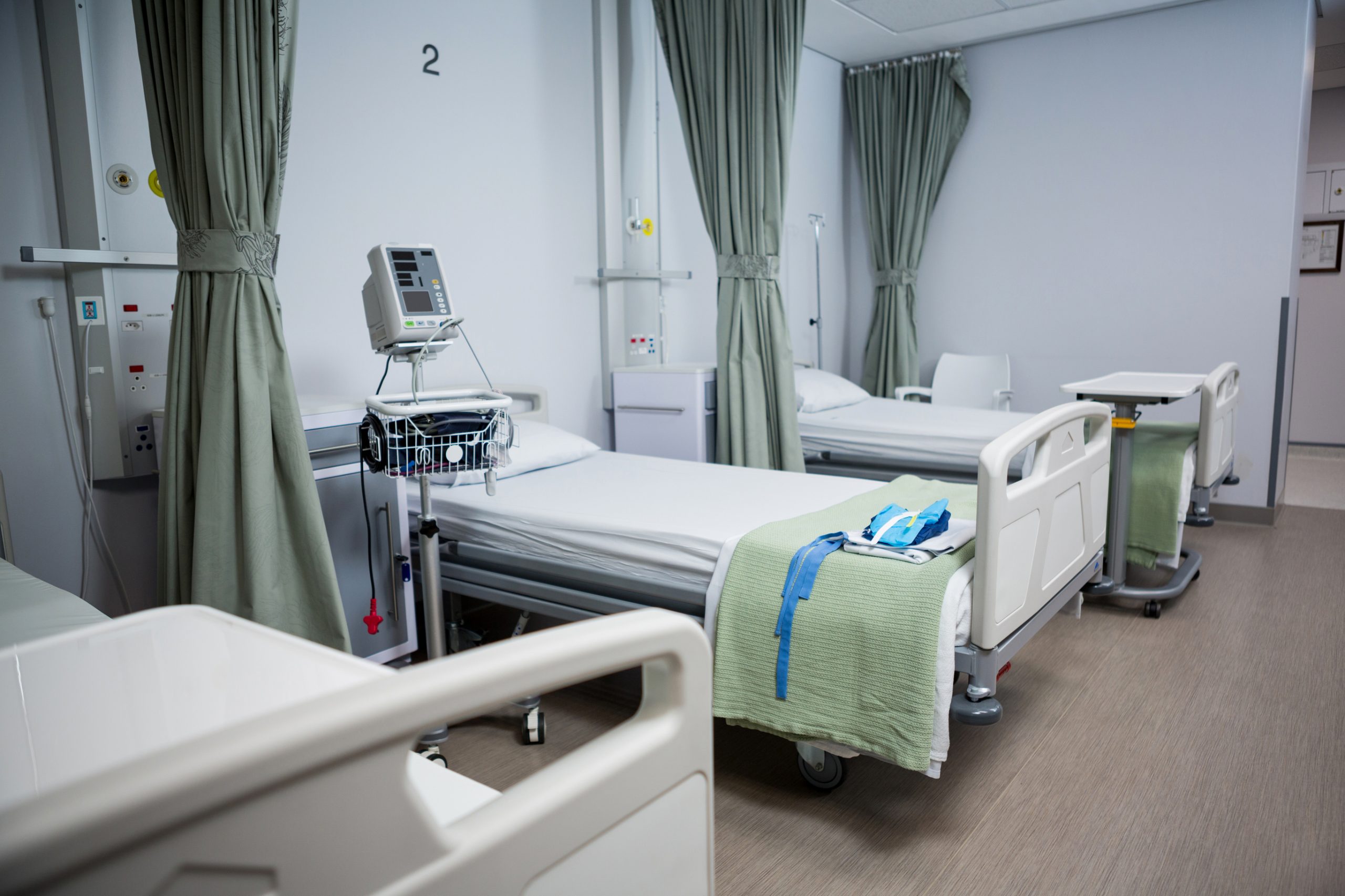Clean air is the NHS’s most powerful weapon against Covid-19

The impact of Covid on the NHS has been devastating and it has now been reported that it could take up to five years to clear the backlog. If the country suffers from further waves caused by new variants, waiting times could extend even further.
People are calling for a bold, transformative approach to resolve this crippling issue. Clearly, a raft of measures is needed, both financial and operational. If the NHS is to live long term with Covid, it needs to cover all the bases: not just the complex issues like human resources and capacity increases, but simpler issues too.
Simpler issues like clean air. We now know that the biggest risk of Covid transmission is airborne, while the risk of surface transmission is very low (just a 1 in 10,000 probability, according to the Centers for Disease Control). While airborne transmission is a major issue for hospitals, many struggle to meet the NHS’s own ventilation guidelines of 6 air changes per hour in wards. This so-called ‘structural under-ventilation’ is mainly due to inadequate existing ventilation systems in older NHS hospitals and prohibitive retrofit costs, not to mention the disruption that a new HVAC installation would entail.
The airborne threat is threefold:
● Through droplets and aerosols – spreading the infectious agent by coughing or sneezing.
● By airborne infection – a person directly inhales the exhaled breath of an infected person.
● By airborne dissemination – the infectious agent is disseminated in the air, for example during bed-making.
Clean air solutions can not only be a quick fix, but are arguably the most potent weapon in the battle against Covid. That is, of course, if the technology is specified correctly.
The WHO recommends air purifiers to supplement integrated ventilation systems while the UK SAGE committee, in its November 2020 report on air cleaning devices to combat SARS-CoV-2 transmission, recommends two technologies: fibrous filtration (HEPA) and germicidal UV (UVC), which together trap and destroy the virus. This is supported by a new report on infection resilient environments, commissioned by the UK government’s Chief Scientific Adviser and published by the Royal Academy of Engineering.
The efficacy of HEPA filtration is well documented and is even endorsed by NASA. When applied to the current pandemic, it achieves more than 99.97% efficacy when trapping the typical size of Covid particles (circa 0.1 micron) and the typical size that Covid particles are transmitted when enveloped in respiratory fluid droplets (circa 0.5 microns and above ), leaving nothing but pure air.
Of course, Covid is not the only threat that can be quelled with clean air. We can predict what will happen with drug-resistant bacteria and we know that it requires a multi-faceted defence system that includes clean air.
Norovirus is a case in point. With particles approximately 27-38 microns in diameter, which are easily trapped by HEPA filtration, it is known to spread in aerosol droplets that are created when infected children or adults vomit and/or have diarrhea. Despite that knowledge, preventative measures still focus on fomite cleaning and hand washing, even though, globally, norovirus results in a total of $4.2 billion in direct health system costs and $60.3 billion in societal costs per year.
The NHS has been operating at a vastly reduced capacity due to Covid infection control measures. Dr Layla McCay, director of policy at the NHS Confederation, acknowledges that “The NHS faces a mammoth task to recover the treatment backlog that has built up during the pandemic”. While the crisis calls for revolutionary thinking, there is one easy fix that is merely evolutionary.
That fix is portable, hospital-grade air purification to supplement existing integrated HVAC systems. High performance (min 99.97% efficacy), cost-effective (fraction of the cost of a new HVAC system) , multi-tasking (viruses, bacteria, allergens), and instant to install (simply plug and play). Job done.
By Christian Hendriksen, Co-founder & CEO, Rensair, as published in NHS Voices.
